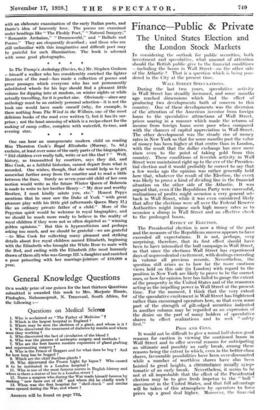One can hear an unregenerate modern child on reading Miss
Thornton Cook's Royal Elizabeths (Murray, 7s. 6d.) exclaim, at least over some of the early parts of the biographies, " Did children ever really talk, write or act like that ? " Well, history, as transmitted by courtiers, says they did, and Miss Cook, as a faithful historian, cannot depart from what is recorded. One wishes, though, that she would help us to get somewhat further away from the courtier and to read a little between the lines. Surely no seven-year-old child of her own motion would write as the future Winter Queen of Bohemia is made to write to her brother Henry—" My dear and worthy Brother, I most kindly salute you, etc." Honest Pepys mentions that he once saw the Duke of York " with great pleasure play with his little girl (afterwards Queen Mary II.) like an ordinary private father of a child." More of the Pepysian spirit would be welcome in royal biographies, and we should be much more ready to believe in the reality of royal children if they were not so often depicted as " winning golden opinions." But this is hypercriticism and perhaps asking too much, and we should be grateful—we are grateful —to Miss Cook for collecting many pleasant and striking details about five royal children named Elizabeth, beginning with the Elizabeth who brought the White Rose to mate with the Red, and ending with the Elizabeth (the most humanly drawn of them all) who was George III.'s daughter and enriched a poor princeling with her marriage-jointure of 110,000 a year.






































 Previous page
Previous page